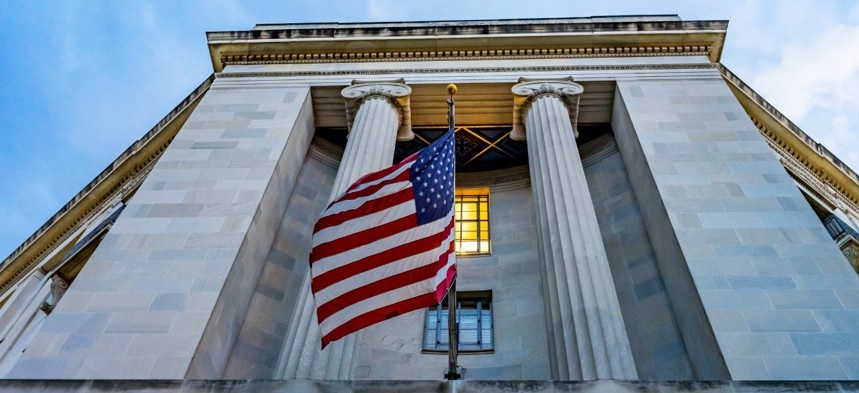The U.S. Department of Justice (DOJ) proposed its first-ever rules to establish accessibility standards for state and local government websites and mobile app-based services.
The proposal, the DOJ says, is to create clearer standards for state and local governments to follow in providing equal access to online services, programs, and activities for people with disabilities, as required under the Americans with Disabilities Act.
It contains technical standards to ensure ADA compliance including, among other things, alt-text descriptions of images so people using screen readers can understand the image’s content, captions on videos, the ability to resize onscreen text, and navigation via keyboard rather than mouse for those with limited mobility.
The proposed rule, the DOJ says, is particularly significant in the wake of the pandemic, as public entities have increased the scope of essential services and programs offered through the web and mobile apps. It is critical for these technologies to be accessible for people with disabilities.
“For too many years, we have heard from both the disability community and regulated entities a desire to have more clarity about what standards apply,” said Associate Attorney General Vanita Gupta. “This proposed rule would provide a specific technical standard that state and local governments would have to follow to meet their existing obligations under Title II of the ADA for web and mobile app accessibility.
“It would help people with disabilities know what their rights are, and it would also help state and local governments understand what they have to do to comply with the ADA and ensure that their services are accessible to people with disabilities.”
The Justice Department has been pressured for years by businesses, disability advocates, and government officials to adopt regulations that clarify how the ADA applies to websites. In lieu of its own standards, the DOJ directed governments and businesses to published web accessibility guidance, such as Web Content Accessibility Guidelines (WCAG) and Section 508. This lack of rulemaking caused uncertainty for businesses, retailers, and owners and operators of public websites as to what, if any, benchmarks they must meet to comply with ADA requirements.
In a statement, the White House said that despite the progress made under the ADA, many people with disabilities cannot access web or mobile-based state and local services, such as registering to vote, filing taxes, applying for critical social services, accessing vital records, and taking online courses. This lack of accessibility, the White House said, has led unequal access to critical services for millions of Americans.
The proposed rule will soon be available for review on the Federal Register’s website and a fact sheet providing information about the proposed rule will be available on www.ada.gov.
The DOJ invites public comment on the proposed rule once it is published. The comment period will be open for 60 days from the date the proposed rule is published.




